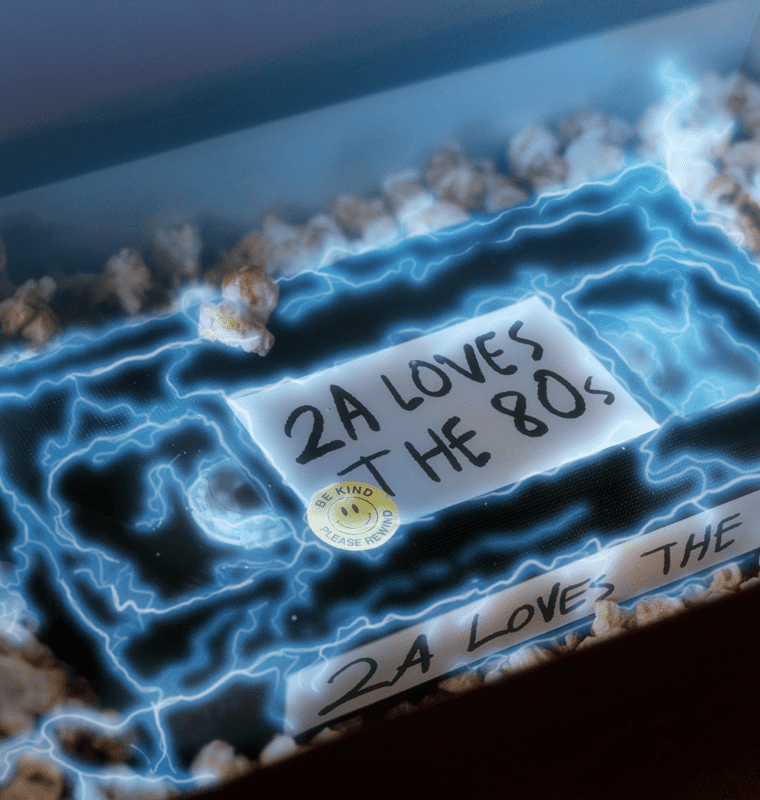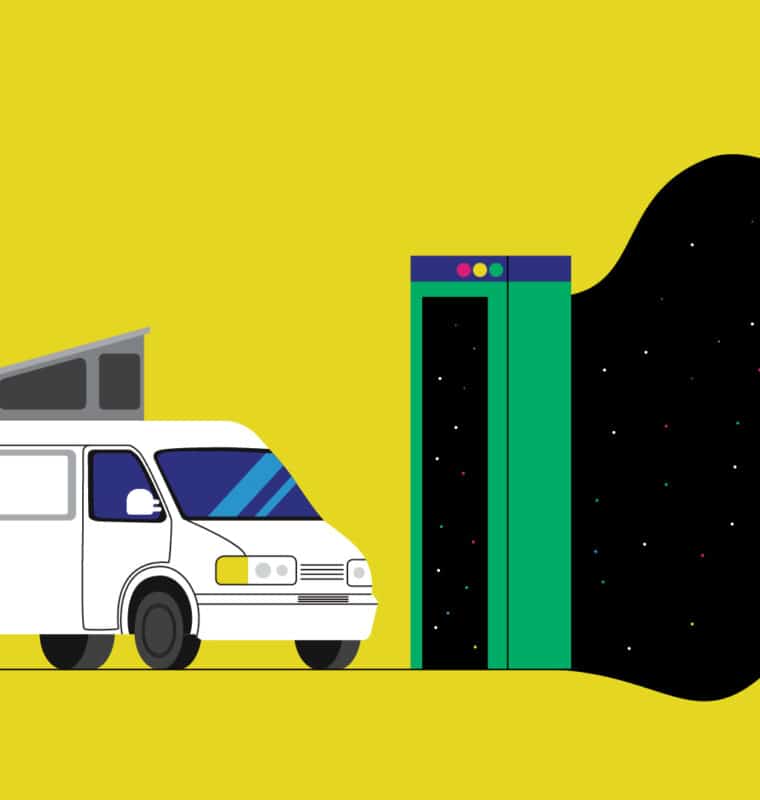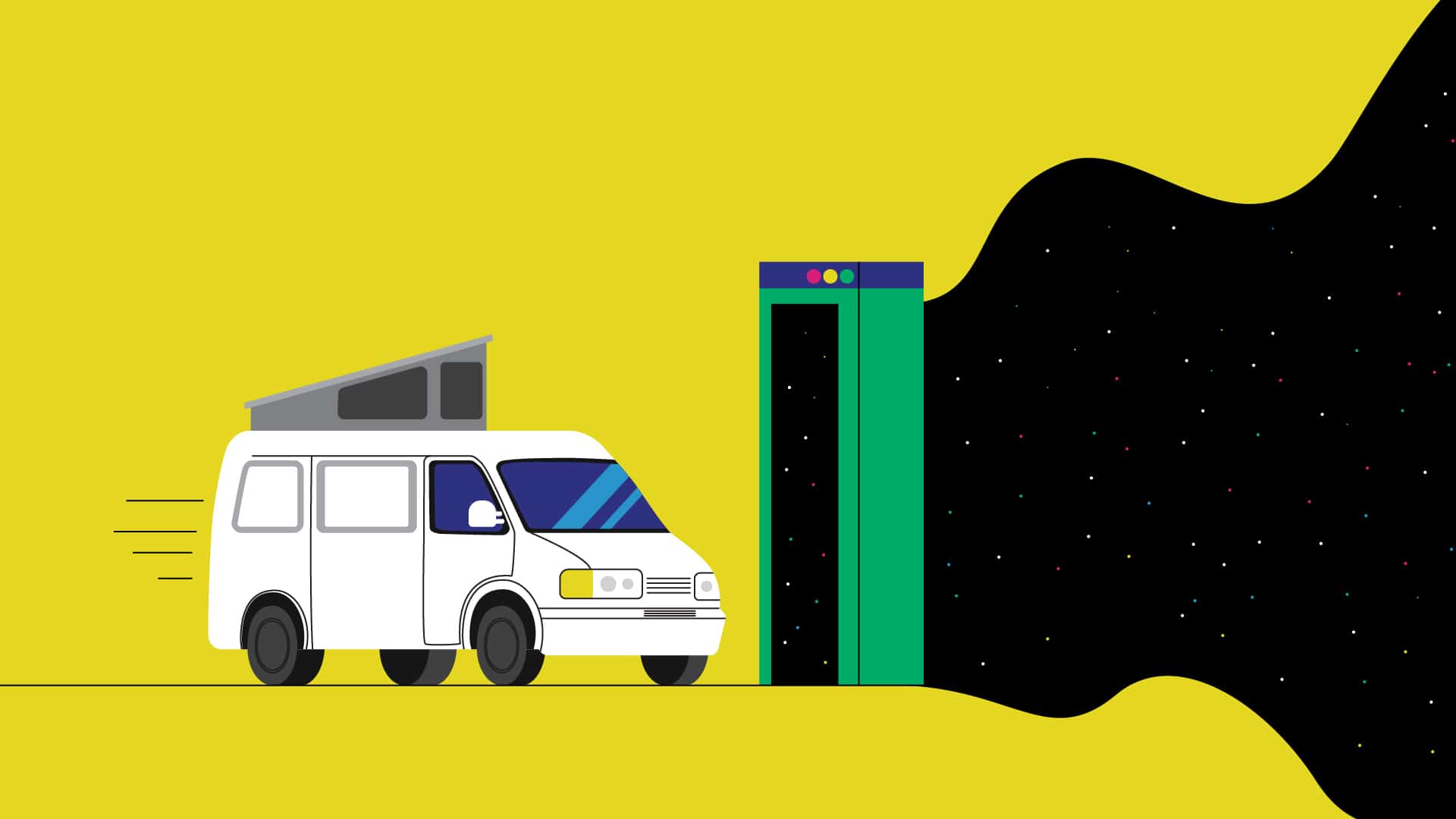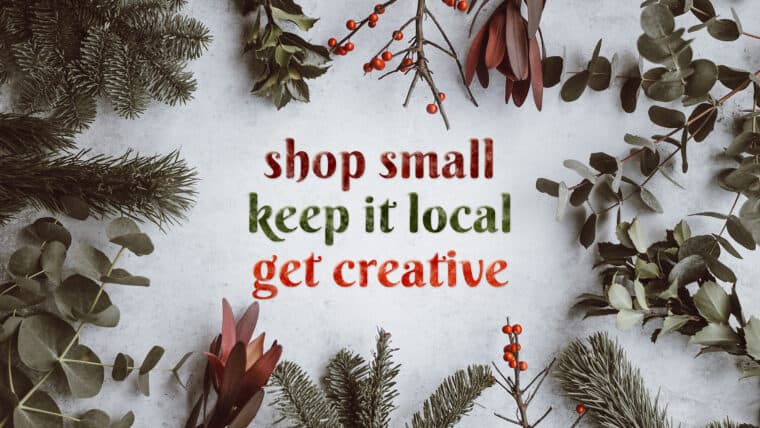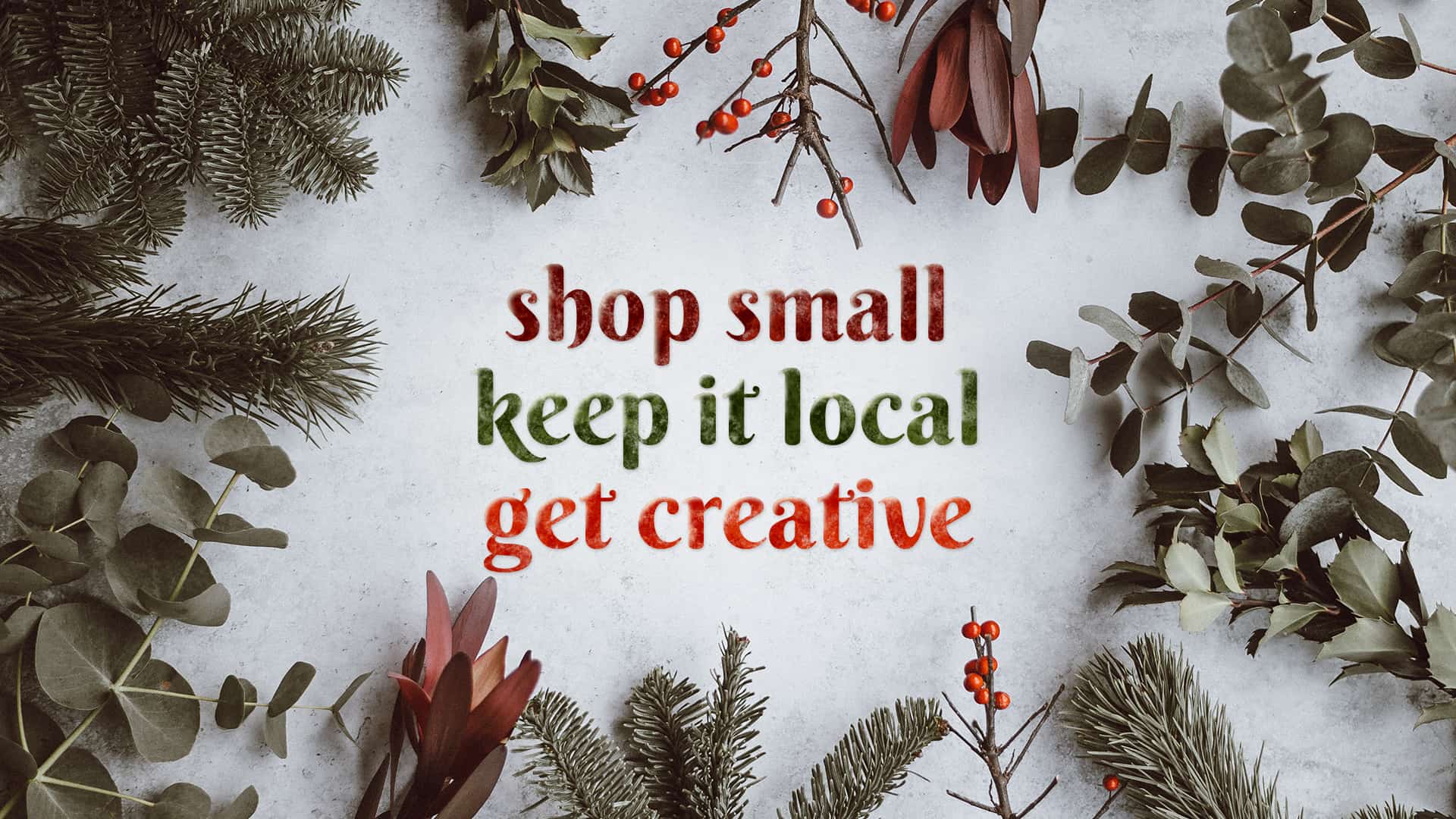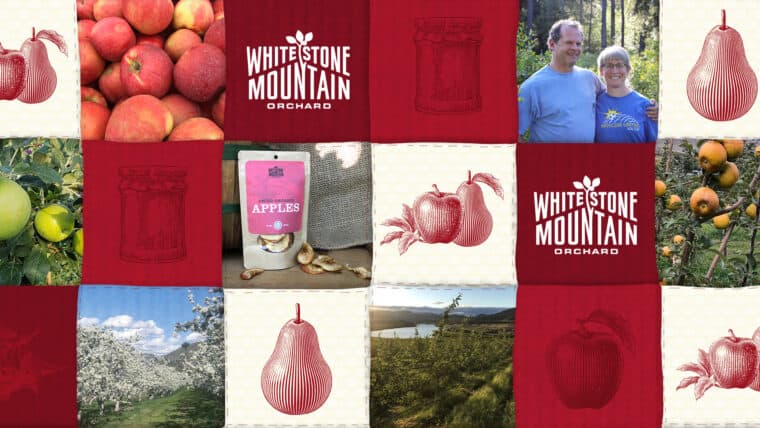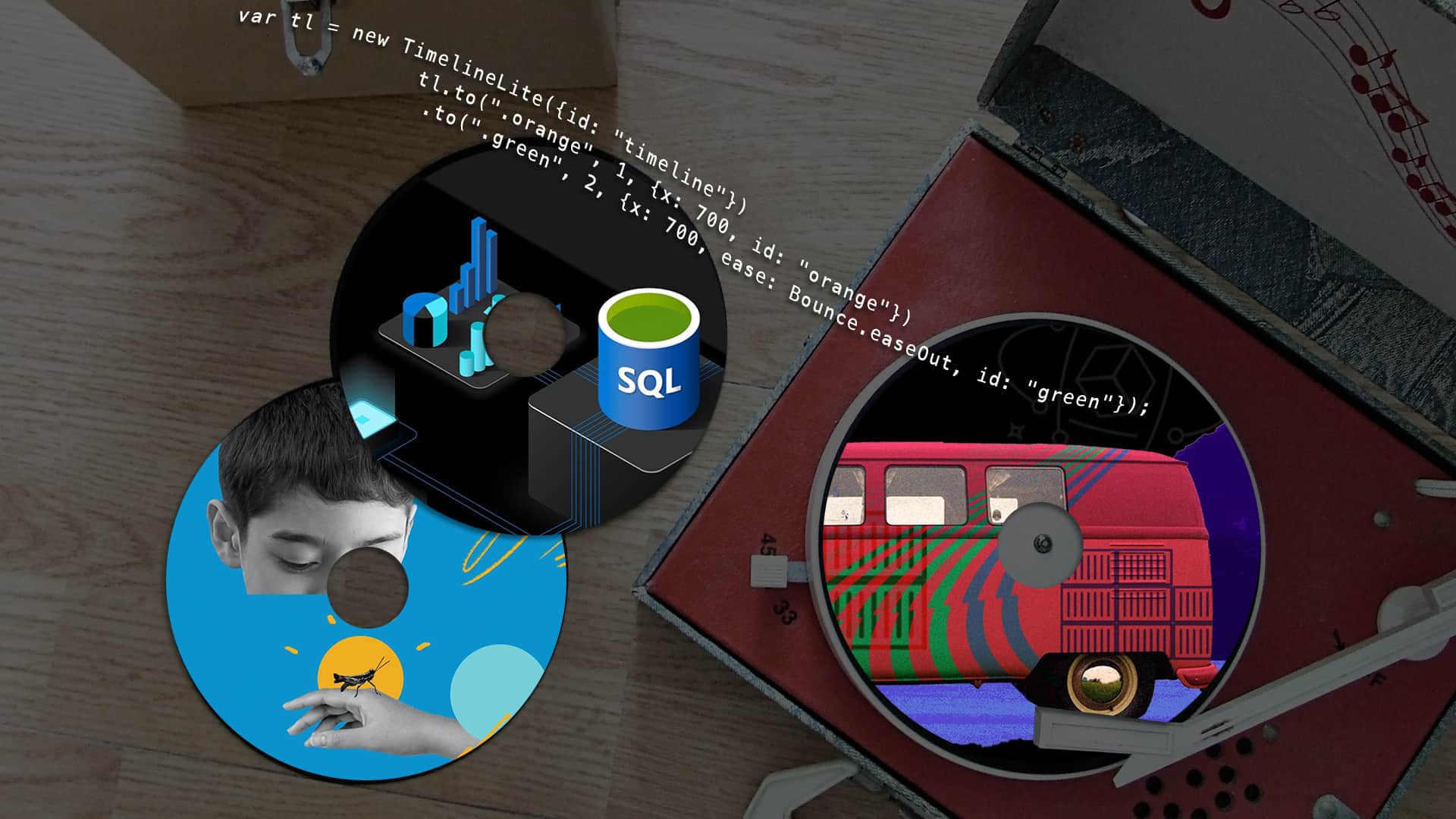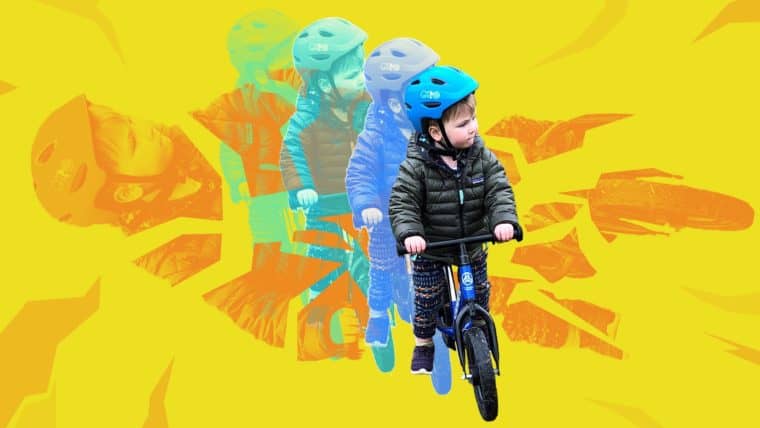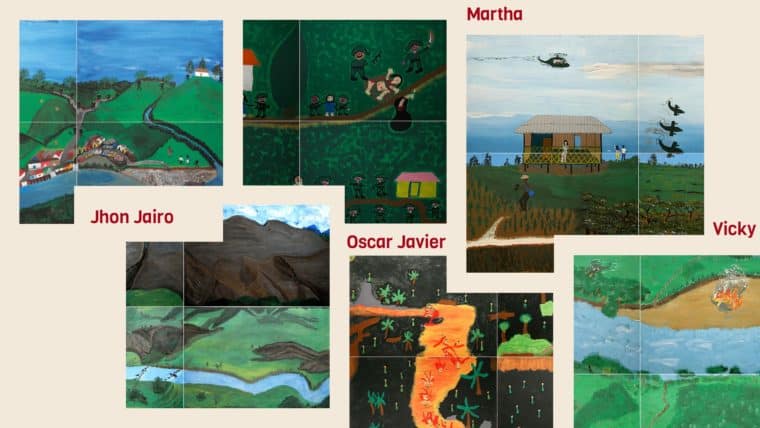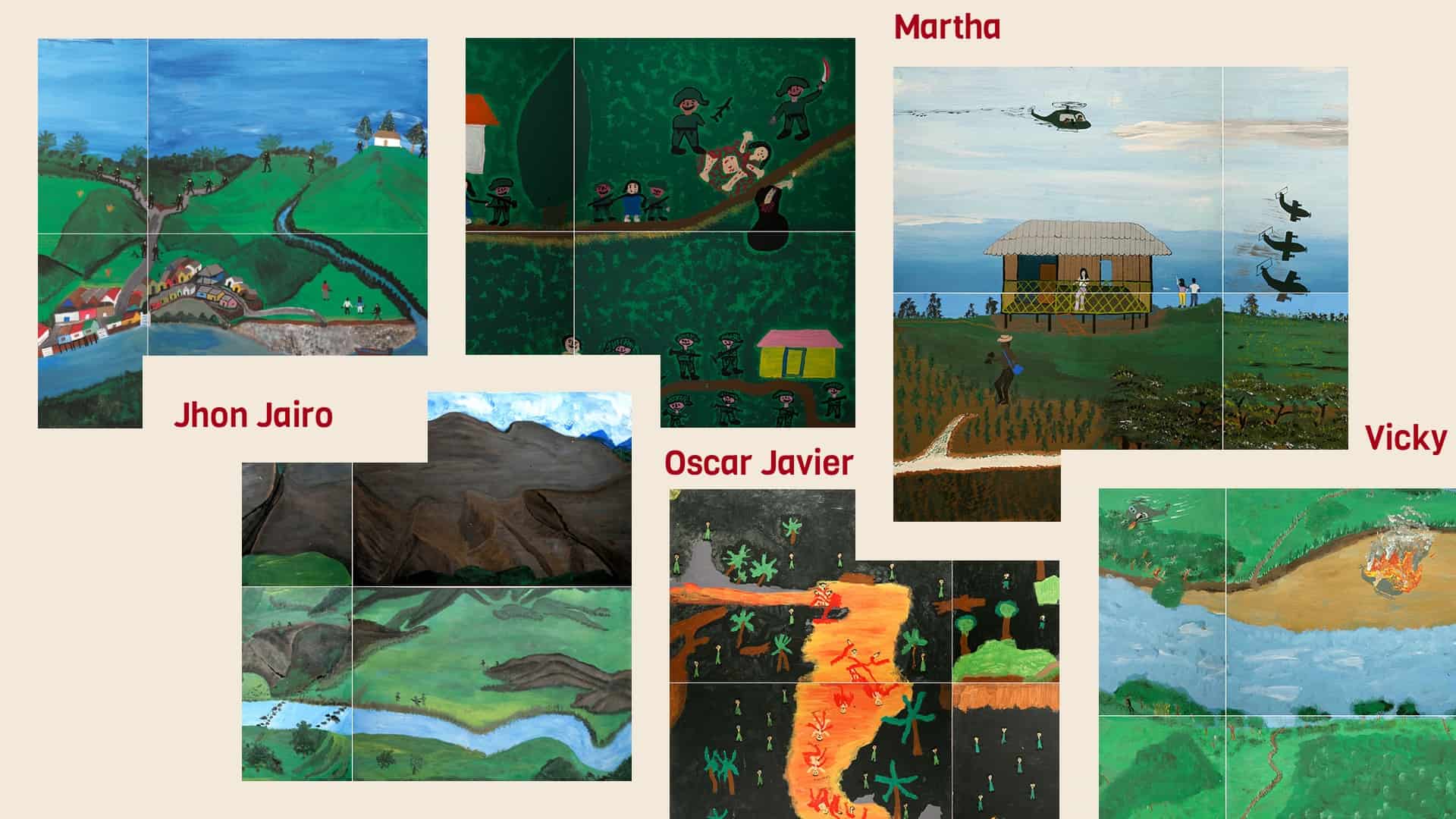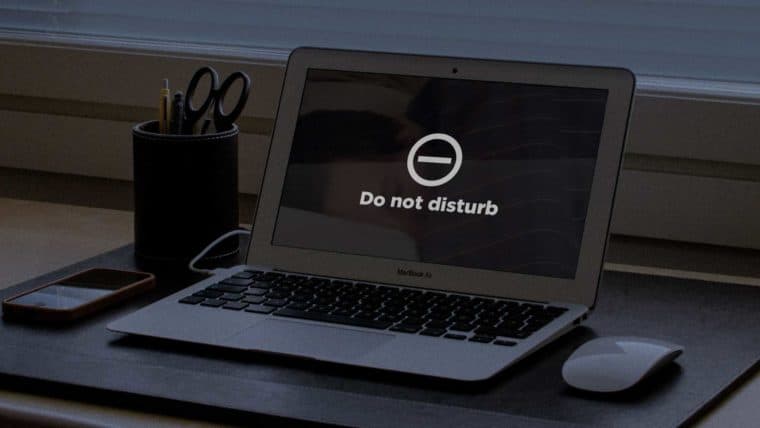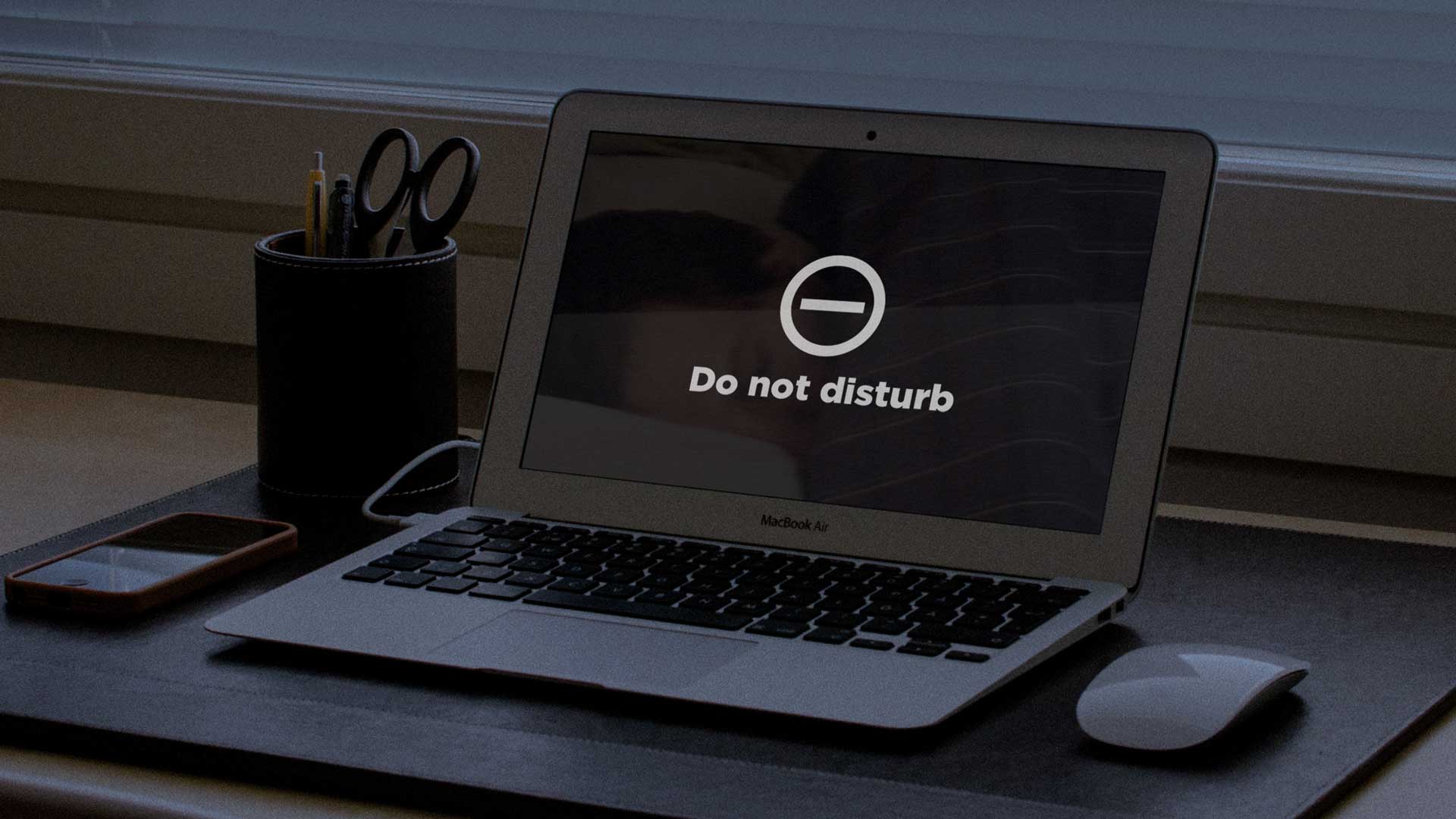
Image by Thad Allen
Once upon a Tuesday, my husband and I found ourselves with a wi-fi outage, an unexpected daycare closure, and calendars full of Teams calls. Wanting to maintain the façade of professionalism, we fired up our hotspots and dug my old VCR / VHS collection out of the basement for our kids.
As I explained the concept of rewinding to my wee Netflix horde, I thought about how the 80s are still hot. Top Gun: Maverick was a box office hit. Willow is getting sequel series. And thanks to Stranger Things, Kate Bush was back on the Billboard charts.
Here at 2A we love a good 80s throwback. For many of our clients, this theme hits home for their target audience and sometimes a DeLorean or a mohawk are just what it takes to break through the marketing clutter.
Here are four times we’ve reached back to the 80s to help our clients’ messages land:
- May the force be with you(r keynote): For a multi-day developer event, we tapped into a galaxy far, far away. Our team crafted a highly nuanced storyline comparing the benefits of databases with the capabilities of Jedi knights. Did the Millennium Falcon make the Kessel Run in less than twelve parsecs? Skip Mos Eisely and head here to see how our creative approach brought balance to the Force and a keynote.
- Slay the (interoperability) dragon: In 1989 I saw Bilbo Baggins cleverly save Lake-town from the evil dragon Smaug in an animated version of The Hobbit. In 2020, our team helped Lyniate show the world how the company’s suite of tools slay the dragon that is healthcare interoperability. Ready to go on an adventure? Find out how our mighty team slayed this ebook.
- A little Dartmouth ditty: Love Schoolhouse Rock!? Us too! See how we used the power of rhyme and song to tell viewers the importance of giving to the Dartmouth College Fund. Confession: We’re itching to explain something technical to the tune of Conjunction Junction.
- Wait a minute, Doc. Are you telling me that you built a keynote, out of a DeLorean?: For the Professional Association of SQL Server, our team of storytellers and designers got this deck up to 1.21 gigawatts by visualizing the power of Azure SQL with Back to the Future graphics.
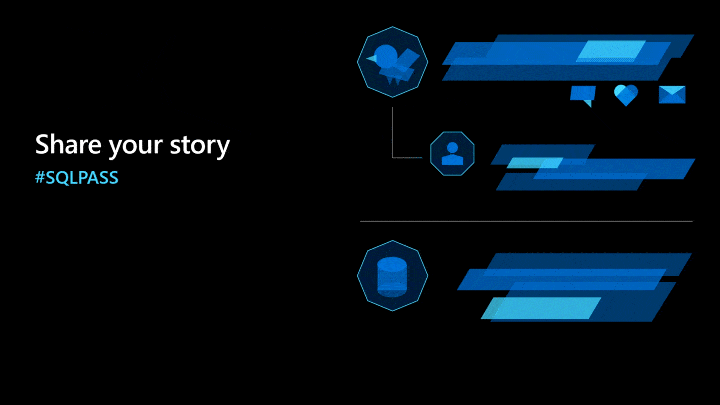
So if you’re looking for a team that can spice up your datasheet with the brilliant purple from The Crystal of Truth in The Dark Crystal, or subtly reference Ludo from The Labyrinth in your next animation, drop us a line. We’re happy to let you borrow something from our VHS collection!


